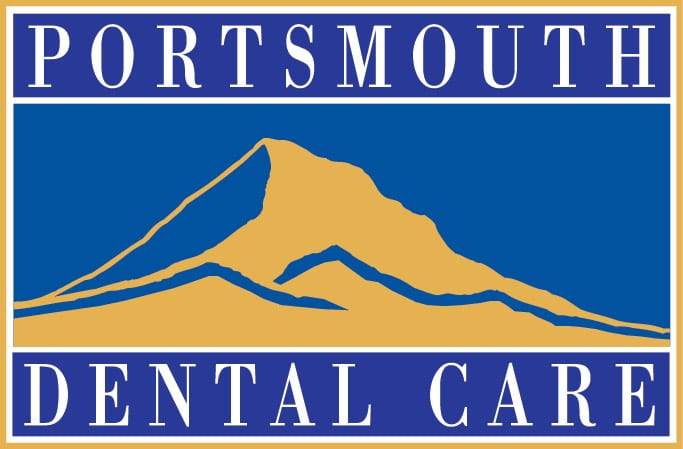
The modern toothbrush has only been around for about 90 years, but it is the latest in a long evolution of tools to fight tooth decay, stretching back thousands of years and involving a whole range of flora and fauna!
Pre-History – Chewing on Sticks
Long before our ancestors used toothbrushes to ward off tooth decay, people chewed on sticks or twigs to clean their teeth. The earliest chew sticks found date back to 3500 B.C. in Mesopotamia and a tomb from 3000 B.C. in Egypt. Archeological finds also indicate that people used bird feather quills and porcupine spines to pick and clean their teeth.
Chew sticks are still around in the Middle East and northern Africa in the form of miswaks (also called siwaak or sewak). A miswak is made from twigs from the Salvadora persica tree (or arak in Arabic), which is easily frayed to form a brush-like tip at one end. In addition to being an alternative to the toothbrush for cleaning teeth, these sticks are part of pious ritual for many Muslims.
Bone & Bristle Toothbrushes
The next evolution in anti-tooth decay tools came from China, where the first actual toothbrushes were invented. During the Tong Dynasty around the years 600-900, the first bristled toothbrushes appeared. They typically had handles made from bone or bamboo and had bristles made from the stiff hair of northern hogs.
This Chinese invention of bristled toothbrushes eventually made it to Europe in the 1600s. Europeans changed the design by replacing hog hairs with horse hair, which were softer and therefore preferable.
The first mass produced toothbrush was designed by William Addis of England in 1780. (It was around this same time that being a dentist became a formally recognized medical profession, which some scholars correlate with the rise in sugar in European diets due to colonial trade.) Addis actually created the first prototype from a piece of bone when he was briefly in prison! After gaining his freedom, he started mass producing the toothbrush, eventually passing the business on to his son. Their Wisdom Toothbrush company was family owned until the 1990s and still produces modern toothbrushes in Europe.
20th Century Innovation
The next big innovation in toothbrushes came with the invention of nylon by the Du Pont chemical company in the 1930s. From then on, most toothbrushes were made with softer nylon bristles. Not only were they more pleasant to use and easier on the teeth, they were less likely to harbor bacteria like old-fashioned bristles made from animal hair.
The next big invention in toothbrush technology came with addition of electricity. The first electric toothbrush was invented in 1954 and became available in the United States in 1960. Like modern electric toothbrushes, the earliest ones involved a motor that vibrated the brush, supposedly enhancing the action of the bristles.
The Future
Who knows what the future of toothbrushing holds (maybe toothbrushing robots!). What every dentist (and patient) knows is that if you stick to using a soft bristled toothbrush (replaced every 3 months) to brush your teeth twice a day for at least two minutes, there are healthier smiles in your future!
Appointments Before & After Work or School & on Saturdays & Sundays!
Request Online or Call Today!
Related Posts
Counterproductive Brushing Habits & Fixes
If you brush your teeth at least twice a day, you’re doing great. Regular brushing is the key to preventing tooth pain & expensive procedures.
Solutions for Slowing Sensitivity in Teeth
As our teeth are exposed to more & more foods that wear away enamel, our teeth can become sensitive to things like hot & cold food & drink.
Teaching Your Child Good Dental Habits
Good dental habits like brushing your teeth are important for your oral & overall health, but to kids, they can feel like a chore. Even though baby teeth will fall out eventually, it’s important to keep them healthy because they are guides & space holders for permanent teeth. Here are some tips for teaching your kids good dental hygiene habits to solidify their oral health for a lifetime.



